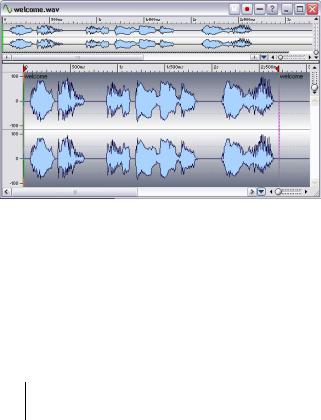

Ballistic stretching includes rapid, alternating movements or ‘bouncing’ at end-range of motion however, because of increased risk for injury, ballistic stretching is no longer recommended.
#Time stretching wavelab 7 le full#
Active stretching generally involves moving a limb through its full range of motion to the end ranges and repeating several times. There are 2 types of dynamic stretching: active and ballistic stretching.

Static stretching of the posterior shoulder (Used with permission of the Hygenic Corporation). This can be performed passively by a partner, or actively by the subject ( Figure 3). The traditional and most common type is static stretching, where a specific position is held with the muscle on tension to a point of a stretching sensation and repeated. Three muscle stretching techniques are frequently described in the literature: Static, Dynamic, and Pre-Contraction stretches ( Figure 2). Inevitably, stretching of muscle applies tension to other structures such as the joint capsule and fascia, which are made up of different tissue than muscle with different biomechanical properties. In terms of stretching, muscle tension is usually inversely related to length: decreased muscular tension is related to increased muscle length, while increased muscular tension is related to decreased muscle length. Stretching generally focuses on increasing the length of a musculotendinous unit, in essence increasing the distance between a muscle's origin and insertion. Regardless of the cause, tightness limits range of motion and may create a muscle imbalance.Ĭlinicians must choose the appropriate intervention or technique to improve muscle tension based on the cause of the tightness. Passively, muscles can become shortened through postural adaptation or scarring actively, muscles can become shorter due to spasm or contraction. Muscle “tightness” results from an increase in tension from active or passive mechanisms. Obviously, there are many factors and reasons for reduced joint ROM only one of which is muscular tightness.


 0 kommentar(er)
0 kommentar(er)
